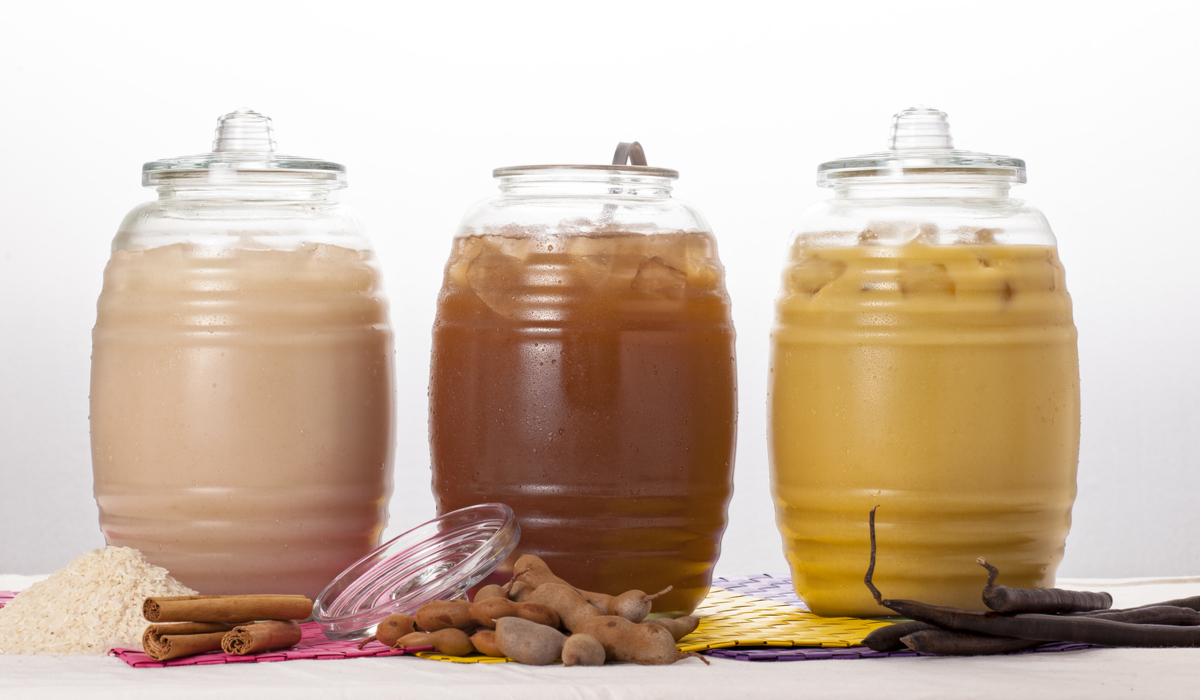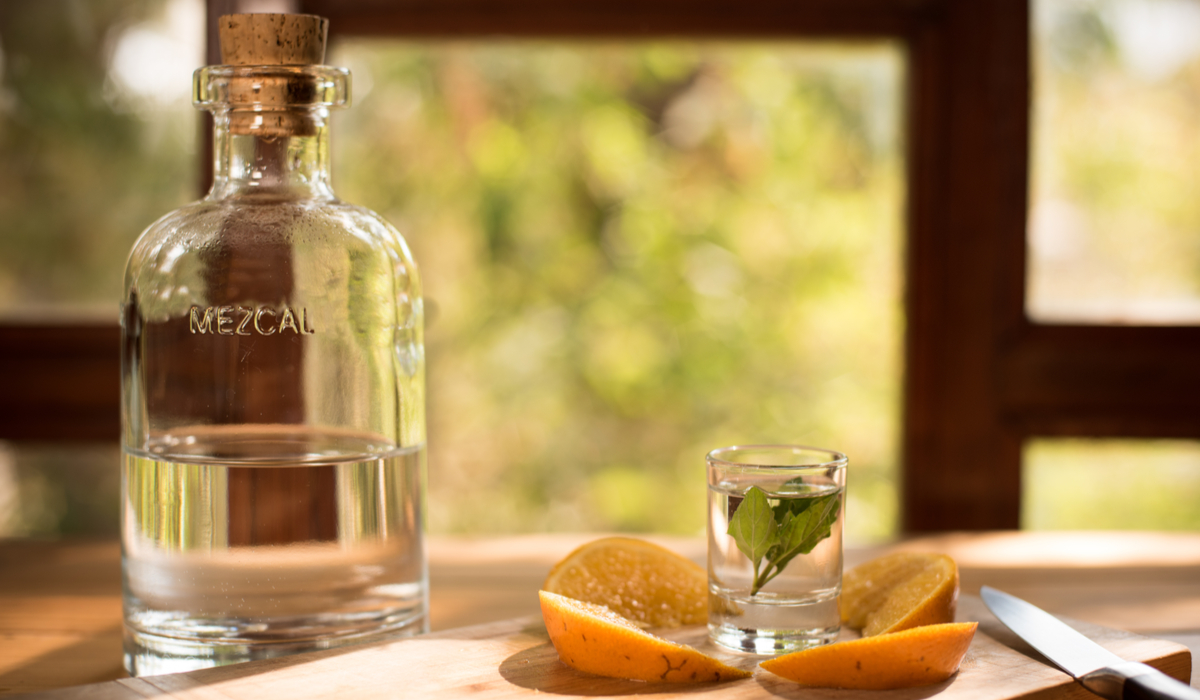These five drinks are fascinating and speak to the entire country not just the Riviera Maya, Costa Maya and Yucatan. Three are alcoholic drinks, two are not. Beer, believe it or not, is not included. Beer is not a historical drink in Mexico. As popular as it is on a hot day, beer was introduced by Europeans, as was wheat.
These five traditional drinks define Mexican culture, and are woven into local historical events. When you take a deeper look at the history of each beverage, it is fascinating how Mexico was shaped by, influenced by, and defined these iconic drinks.
Tepache – Fermented Pineapple Drink
This is a delicious non-alcoholic drink that can be found n the backstreets through a tricycle salesmen on the weekend in Tulum or sometimes at the Flor de Michoacan ice cream and agua frescas stores found in any city. I say sometimes as this is not an easy drink to make. The fermentation process takes four days. Pineapple pulp is fermented with cloves and cinnamon for two days, sugar is added and the fermentation process is complete after four days. It is a popular local flavor and goes fast when it is available. I have to admit, when faced with the choice between a horchata or tepache drink, I would take tepache hands down!
Aguas Frescas – Fresh Waters
Iconic, yes. I am not sure if the storing and serving process makes these drinks more famous than the actual flavors, but none the less, glorious. The process is simple. Fresh local fruits and ingredients are used to make these cold fresh drinks that are water based. Jamaica (from the Hibiscus flower), mandarin, watermelon, lime, tamarind, and melon are fruit varieties. Horchata is a delicious rice based drink flavored with cinnamon, and lately there have been more milk based drinks like pina colada, strawberry, and vanilla. Each agua fresca is stored in a large glass container, filled with ice and served all day long, cold as can be. Street vendors will have smaller glass jars on their food carts. These drinks are cold, sweet and delicious!

Pulque – Alcohol from the Manguey Plant
I have to admit I find this alcohol fascinating. The use and subsequently the abuse by both rural communities and Europeans is woven through centuries of Mexican history. There is the use of Pulque before the Spanish Conquest, and after. Pulque was the reason the Europeans started a country wide prohibition before the Mexican Revolution. Originally used as a spiritual cocktail used only at religious ceremonies, the later wide spread use/abuse became an issue. Like Sisal haciendas, Maguey Haciendas have a dark past. The socioeconomic implications this drink created throughout Mexico went from rural communities to modern ‘pulquerias’ to European land owners.
Pulque is fermented sap from the Manguey Plant, a type of agave grown in the central and northern states. This process and ingredient is different from both Mezcal and Tequila, and creates a milky beverage. If you want to try Pulque, La Perla Restaurant in Playa del Carmen () has a stash you can dip into.
Mezcal – Smoked Agave Beverage
This ‘workers’ tequila has experienced a revival on the last few years. Artisanal mezcal is popular, and the smoky taste a nice change. Mezcal is made from the agave plant, but not blue agave. With over 150 species of agave in Mexico, imagine the endless flavors created through this smoking process. The heart of the agave plant is smoked with the resulting liquid refined into a clear liquor. Learn more about Mezcal and its historical roots southeast Mexico.

Tequila – Fermented Blue Agave Beverage
Unlike Mezcal, Tequila is made from the Blue Agave plant only. It is distilled using a fermentation process, not a smoking process. The result is a different liquor that has made a global impact for Mexico. Again the history of tequila, particularly in the State of Jalisco, is fascinating. Learn more about tequila and its historical roots in Mexico.
Any of these iconic drinks can be found in the Riviera Maya. Local drinks as well as local food make a vacation an adventure worth taking.
